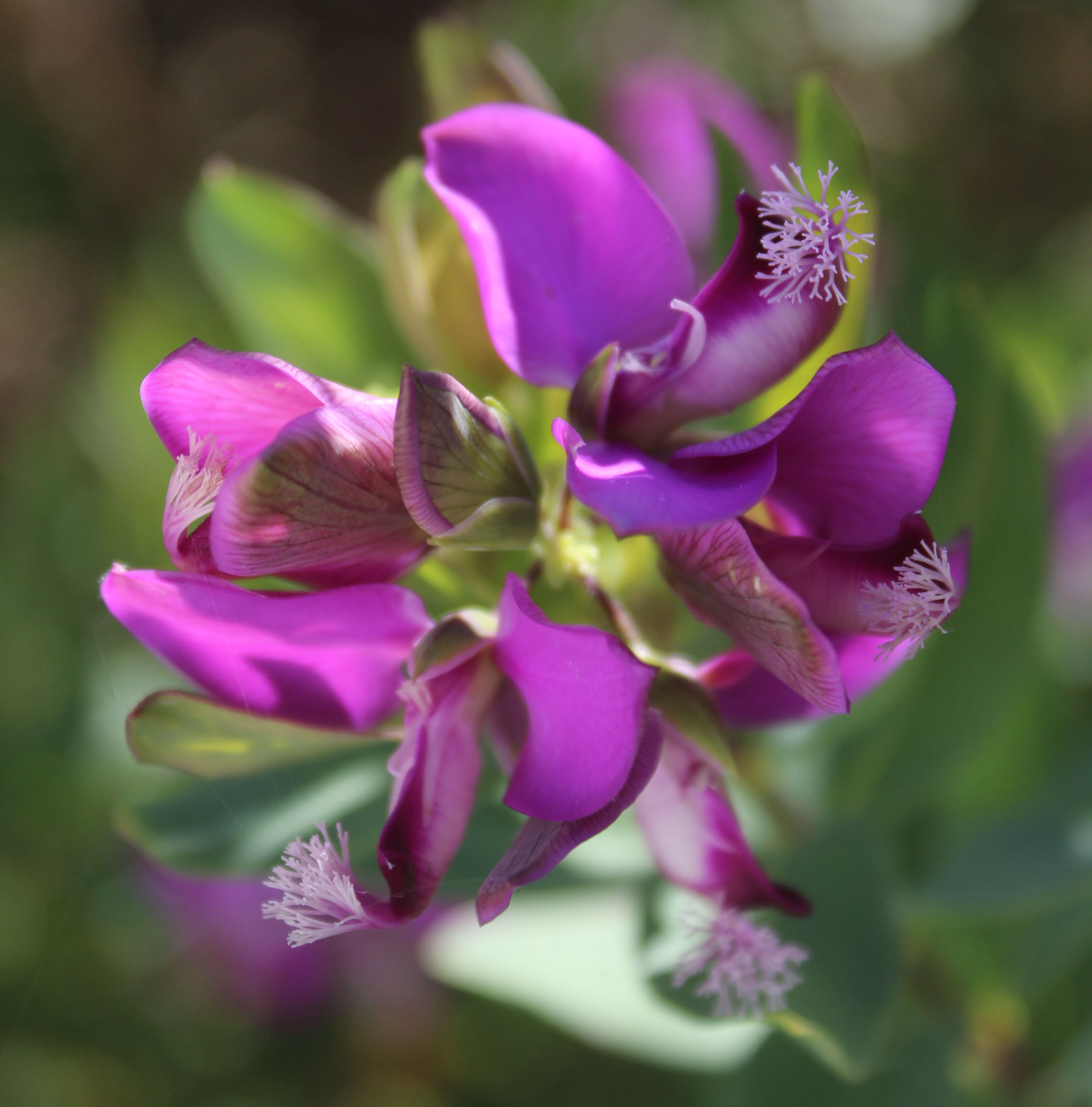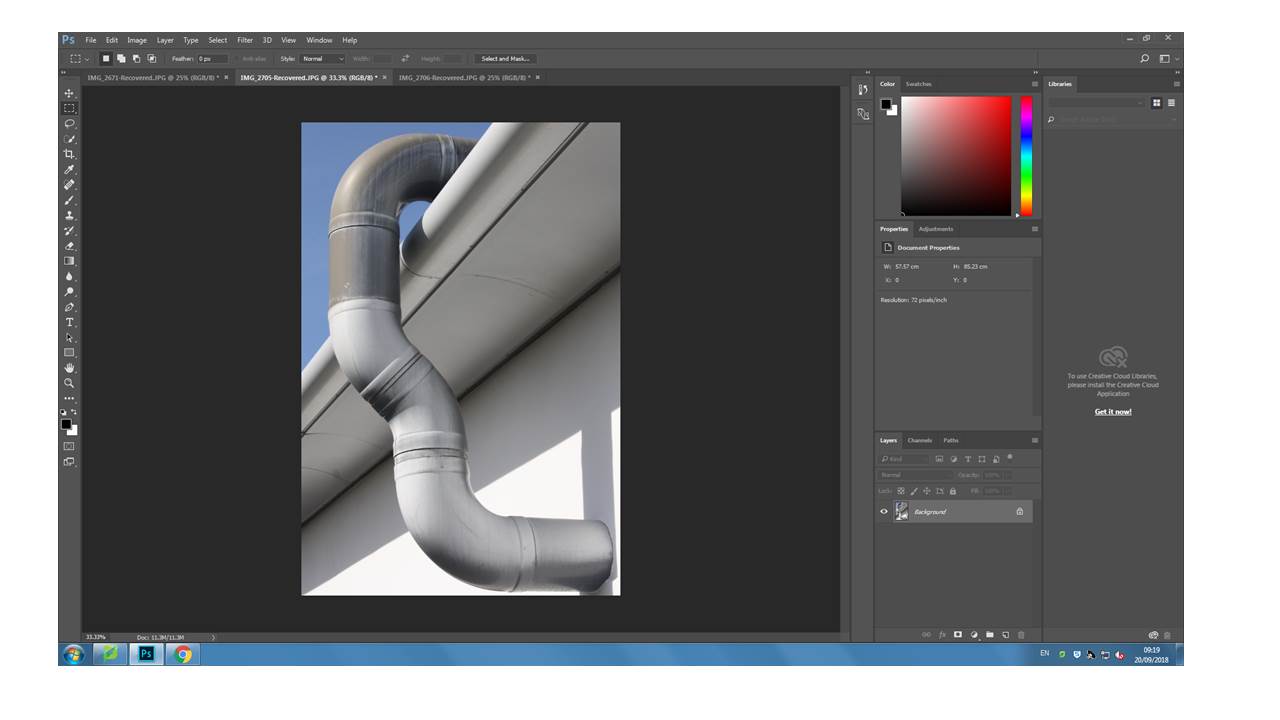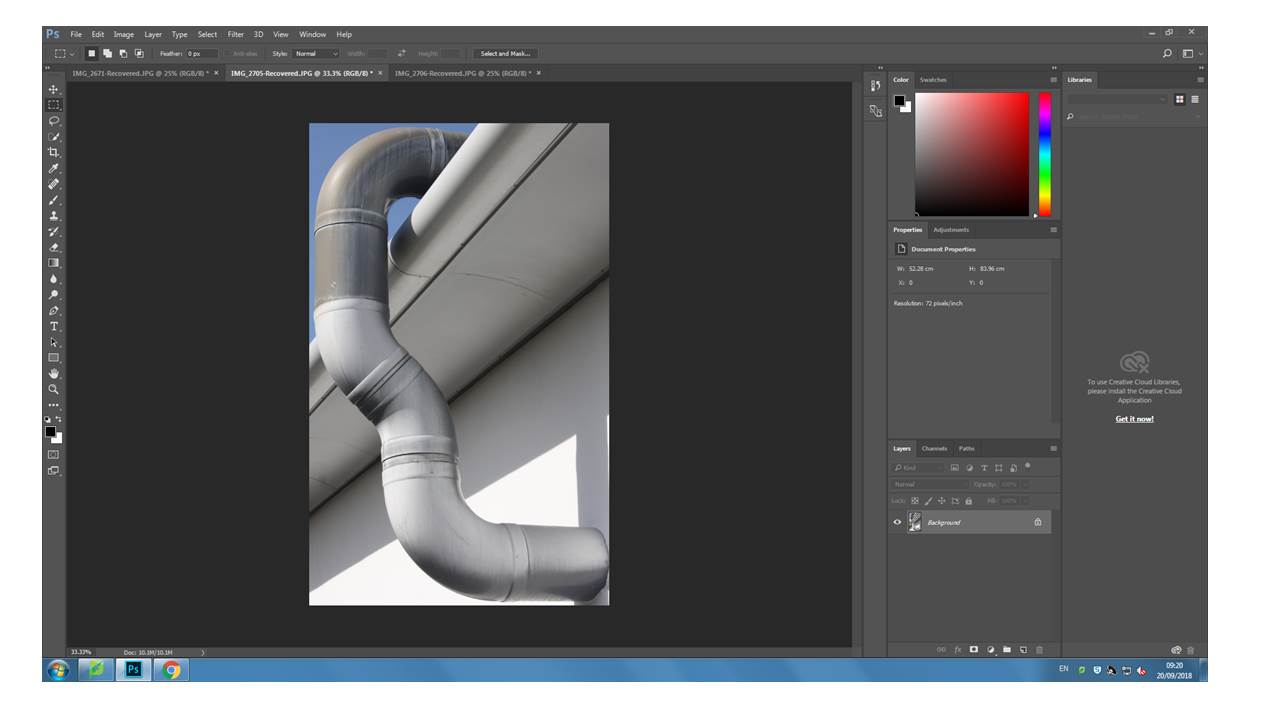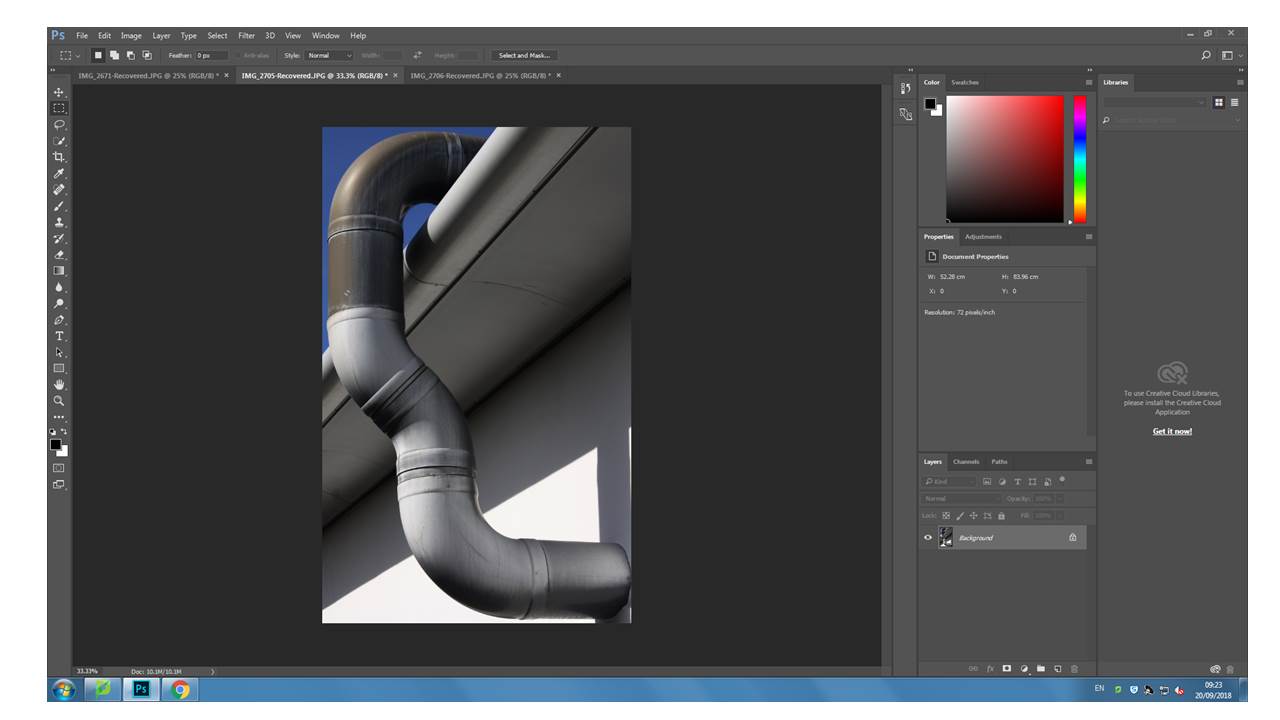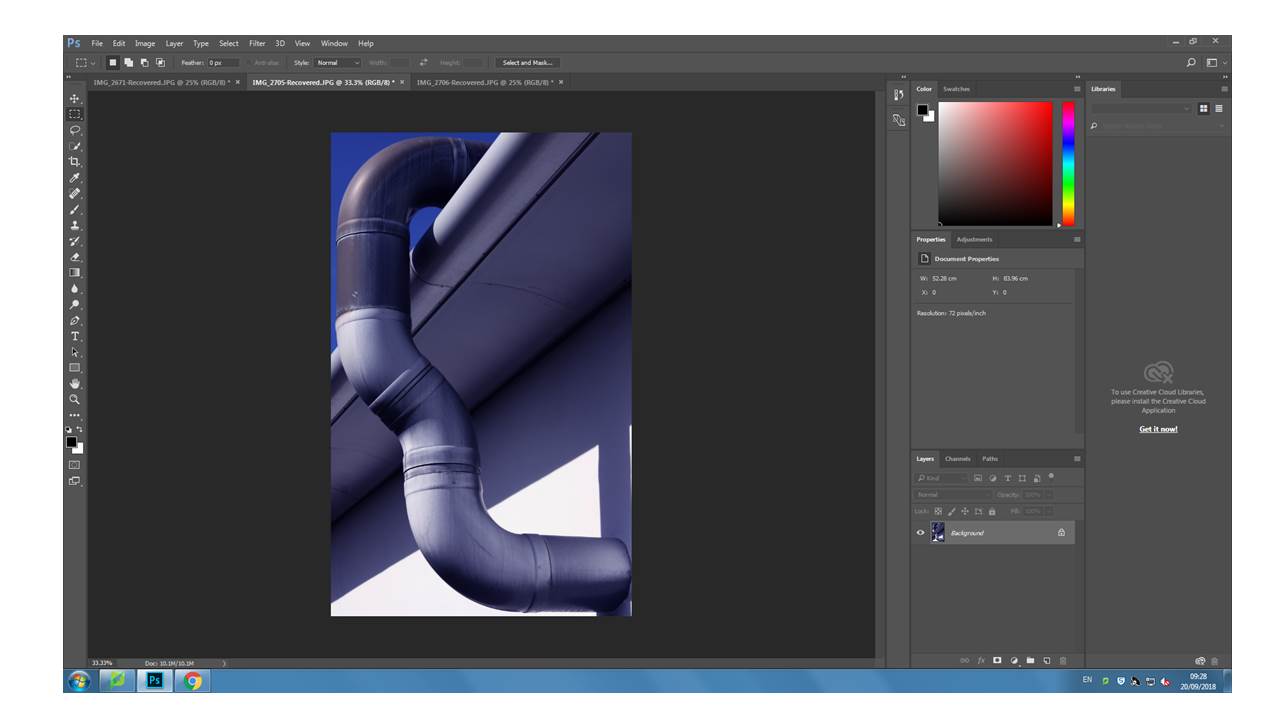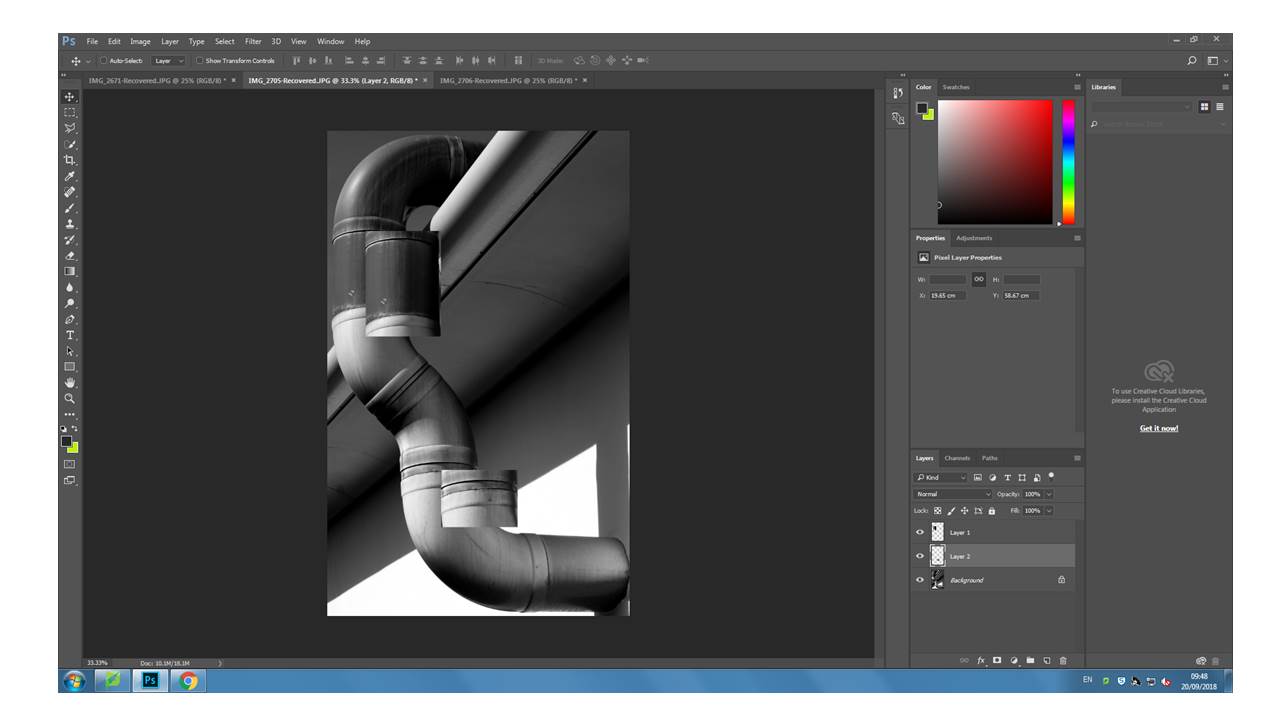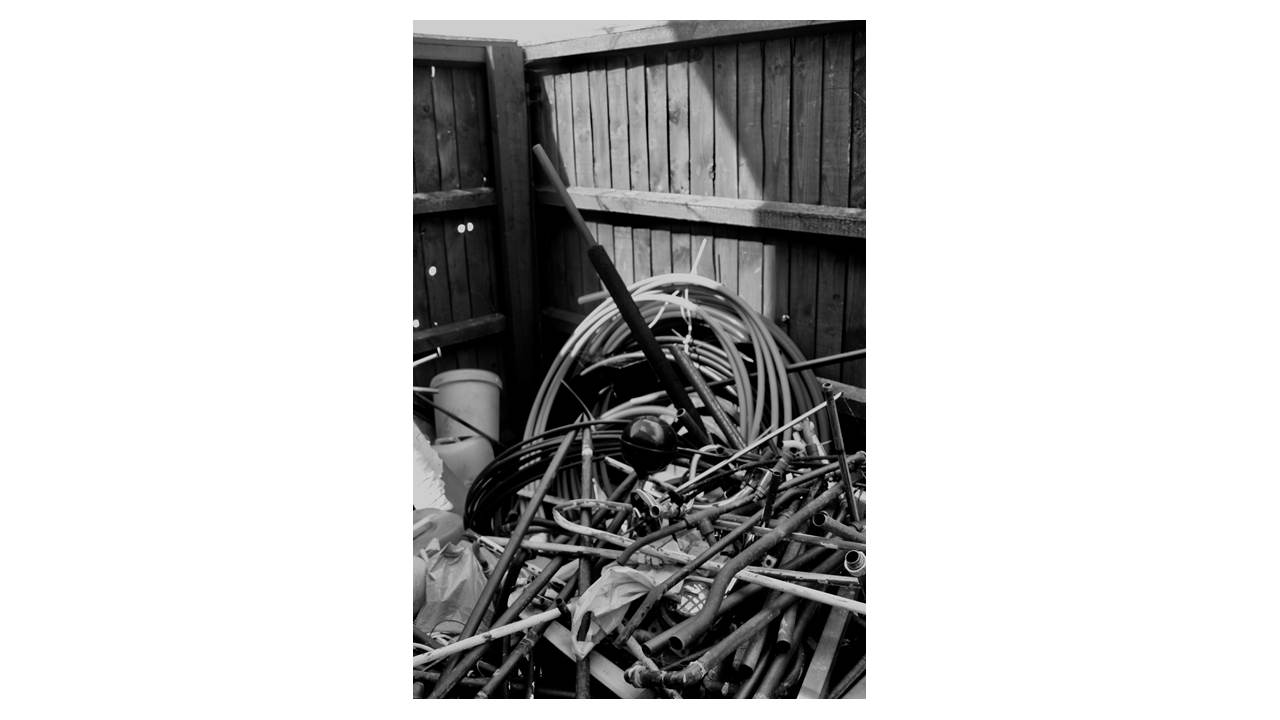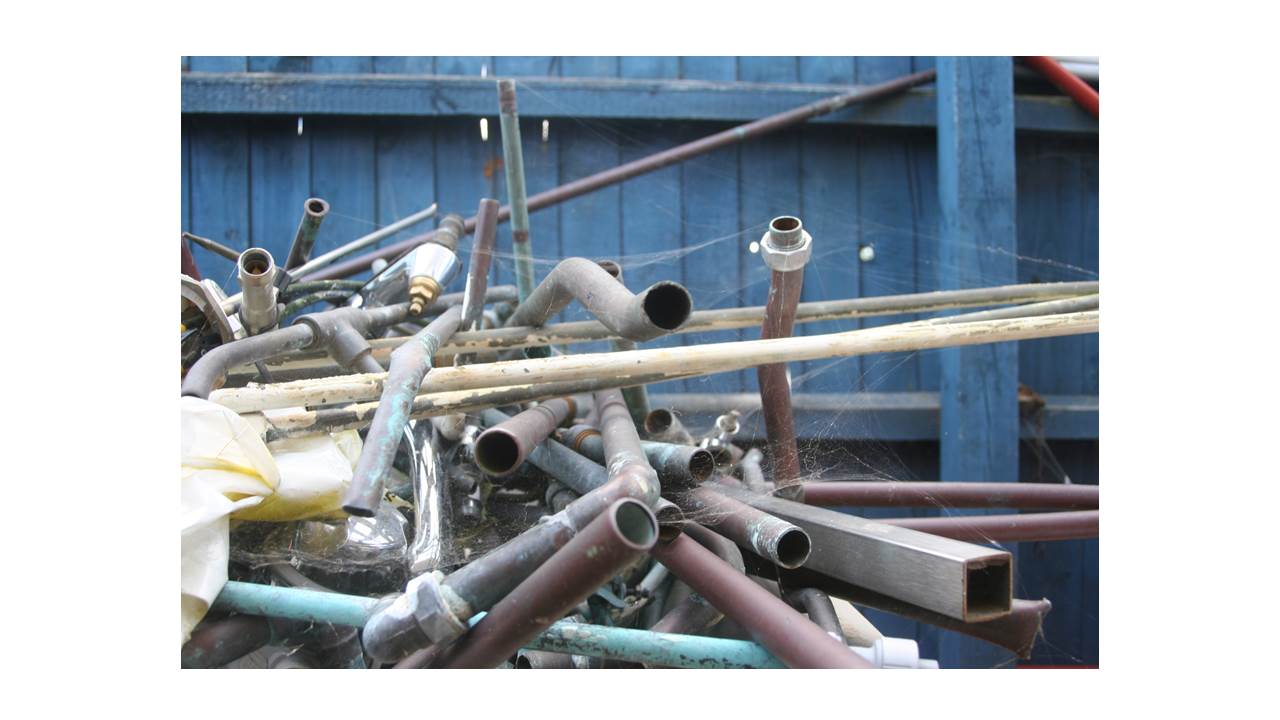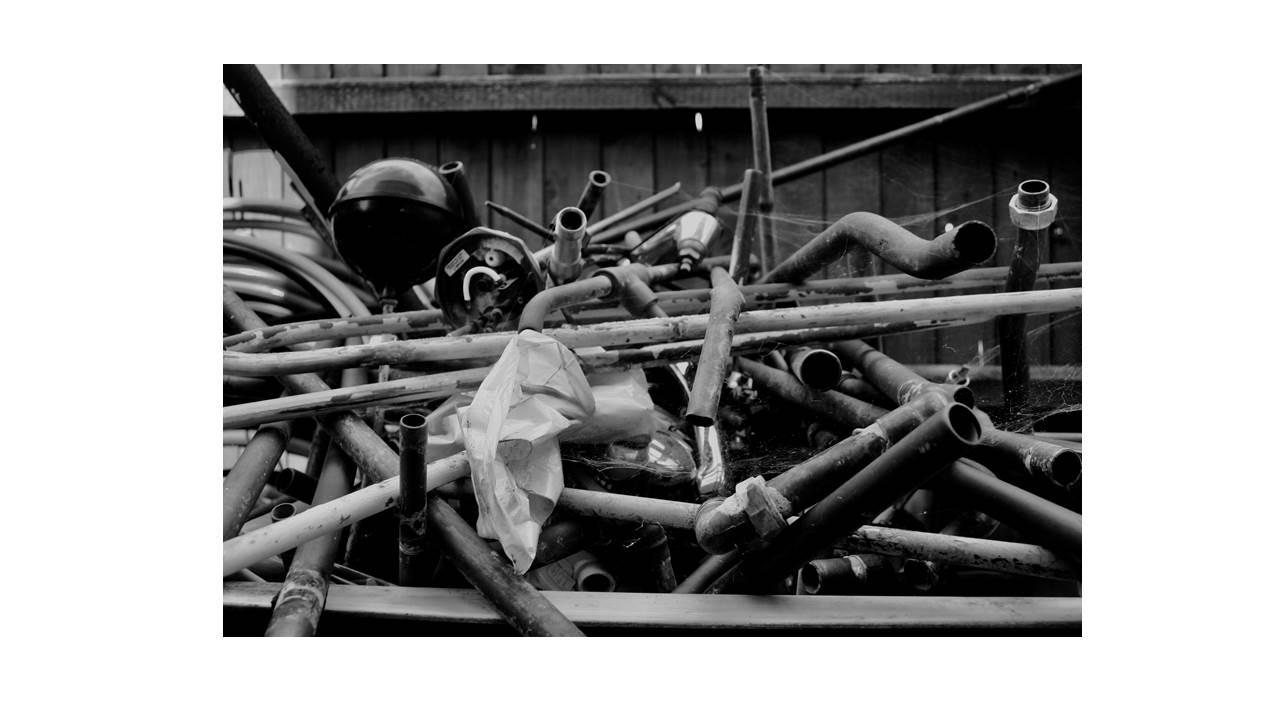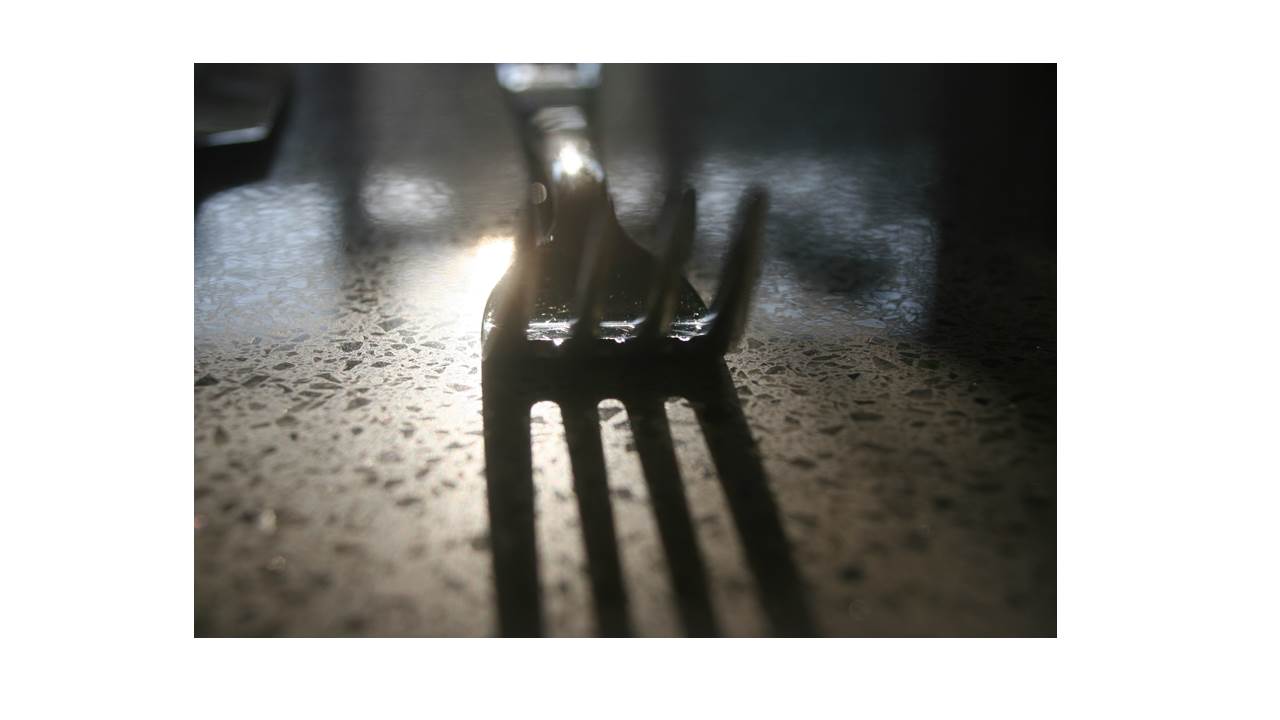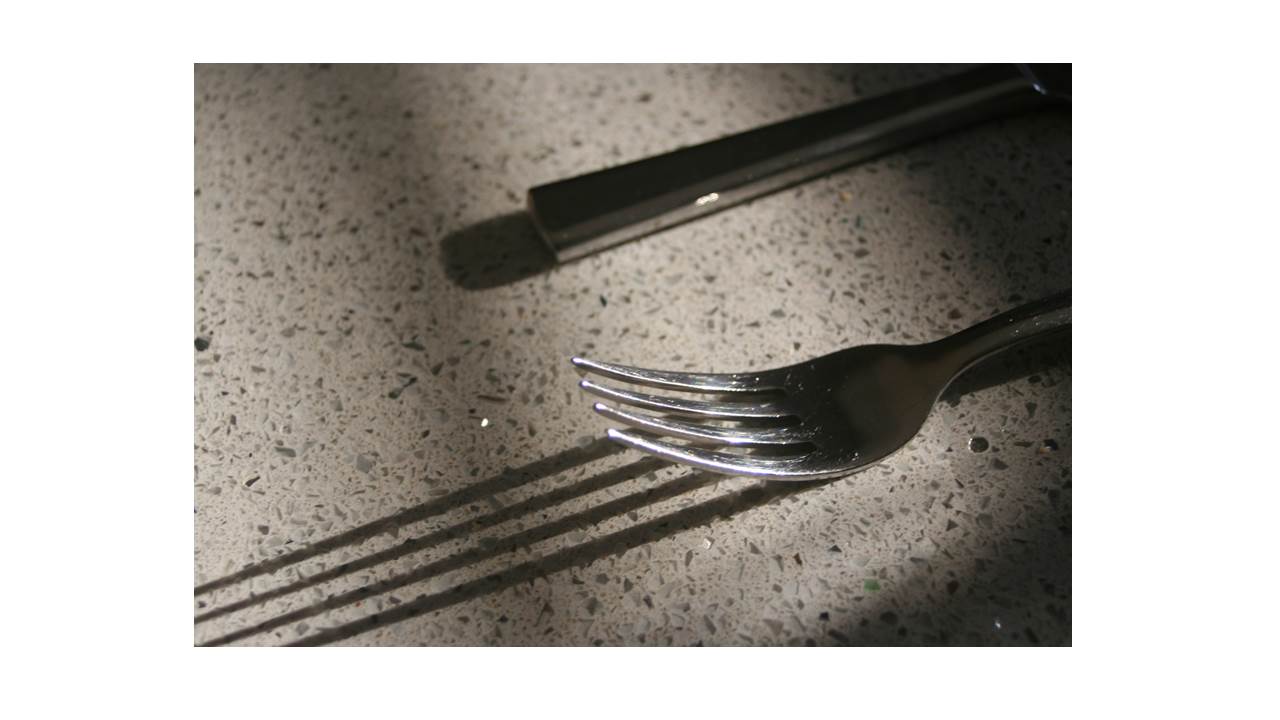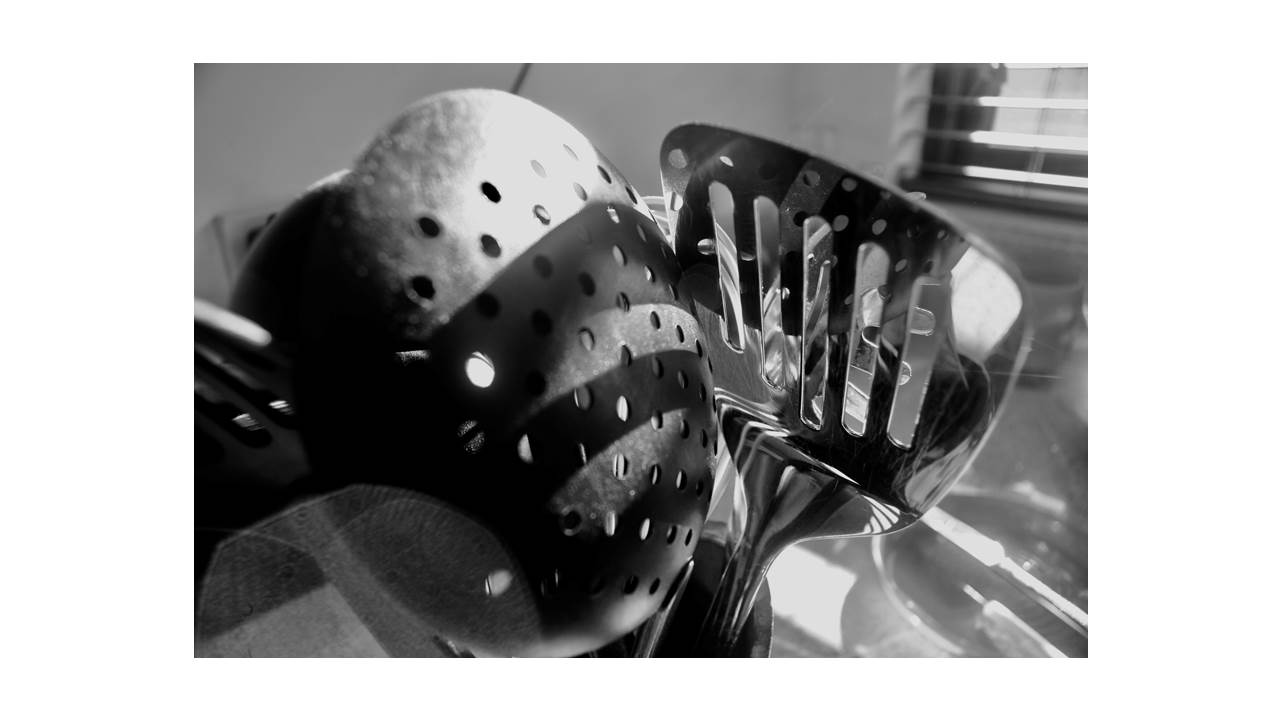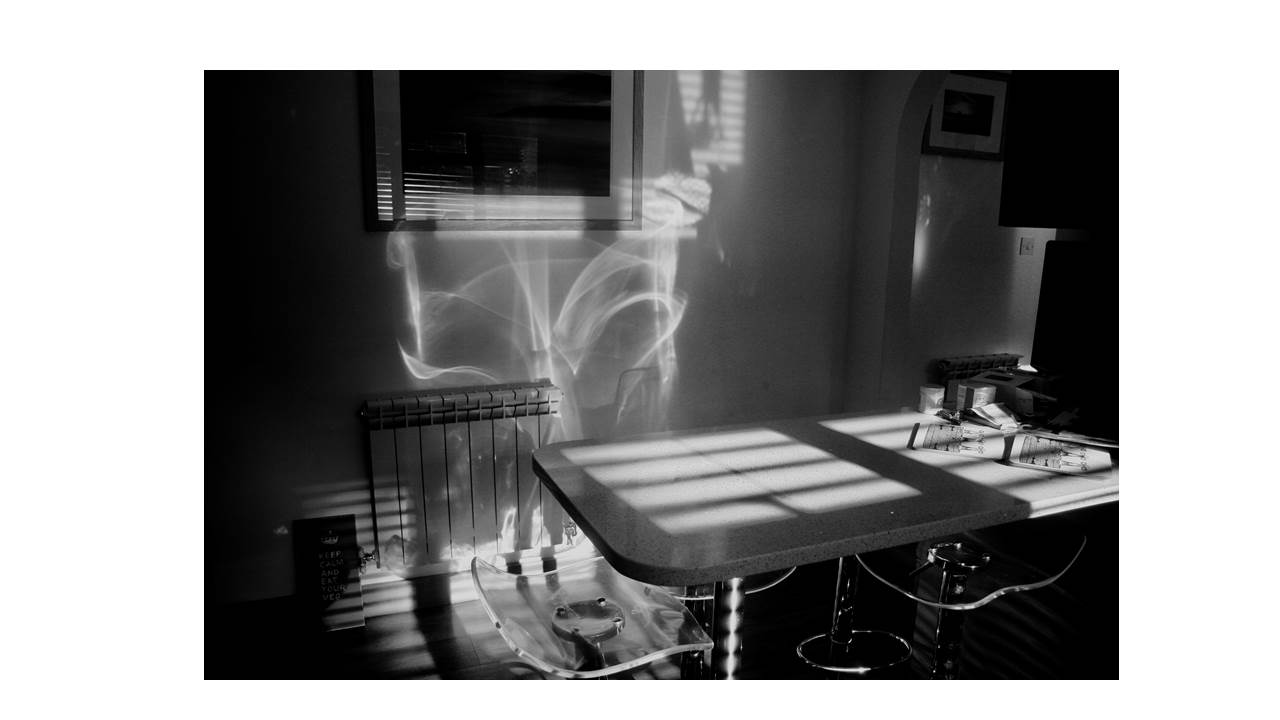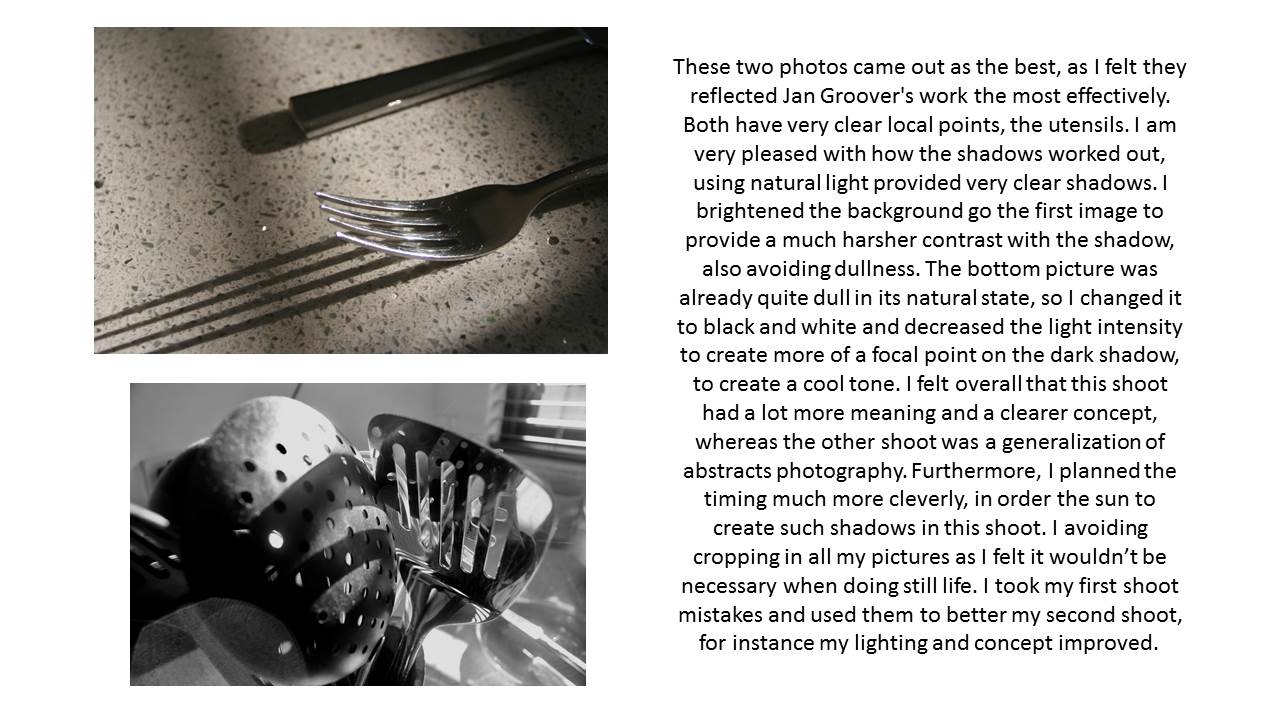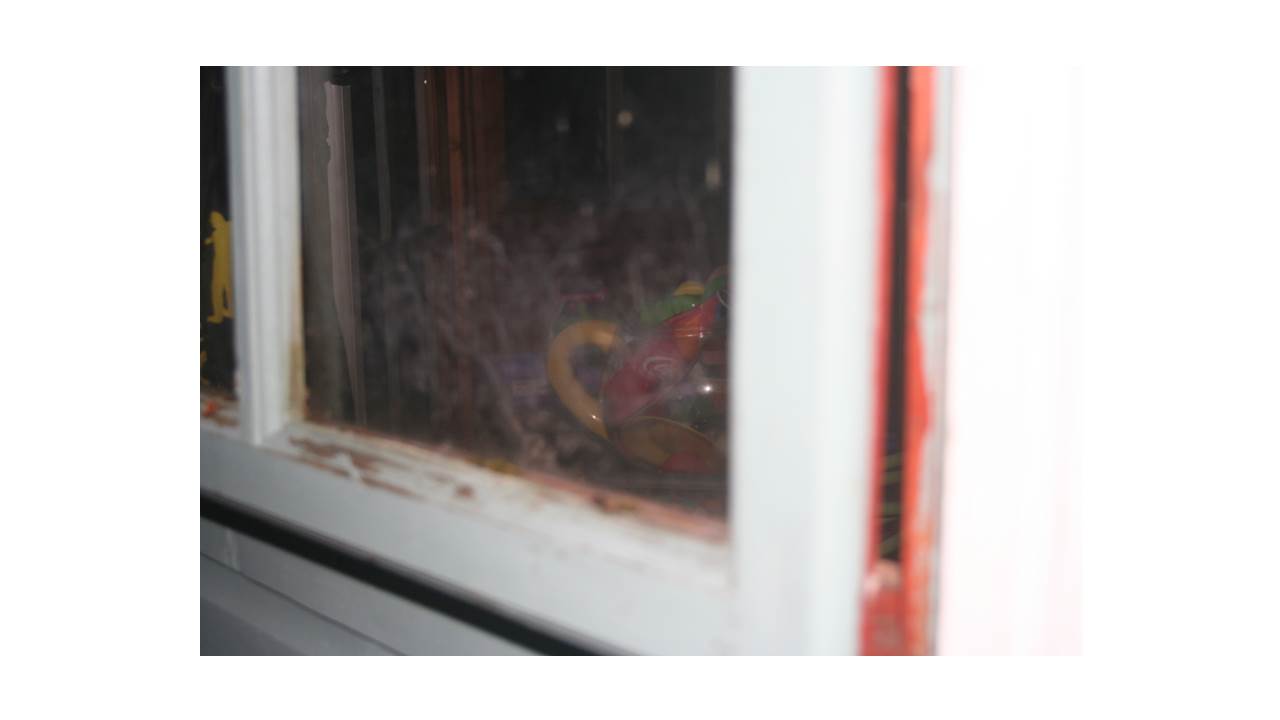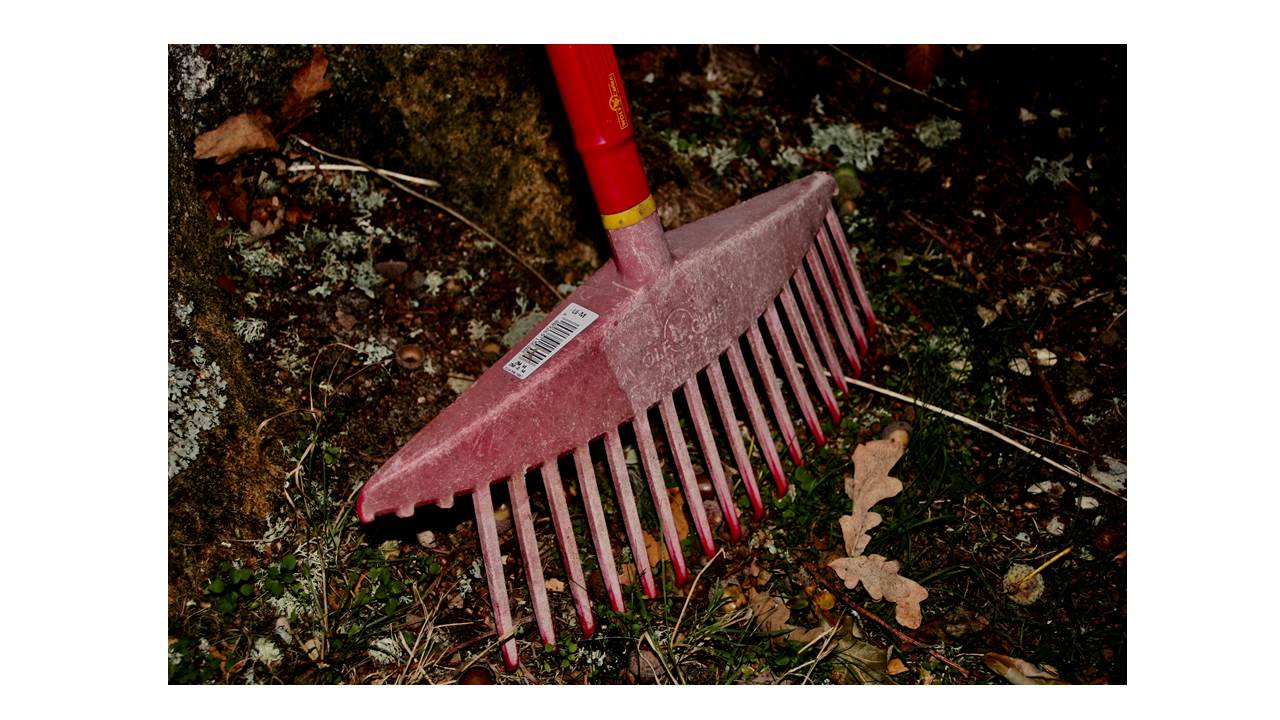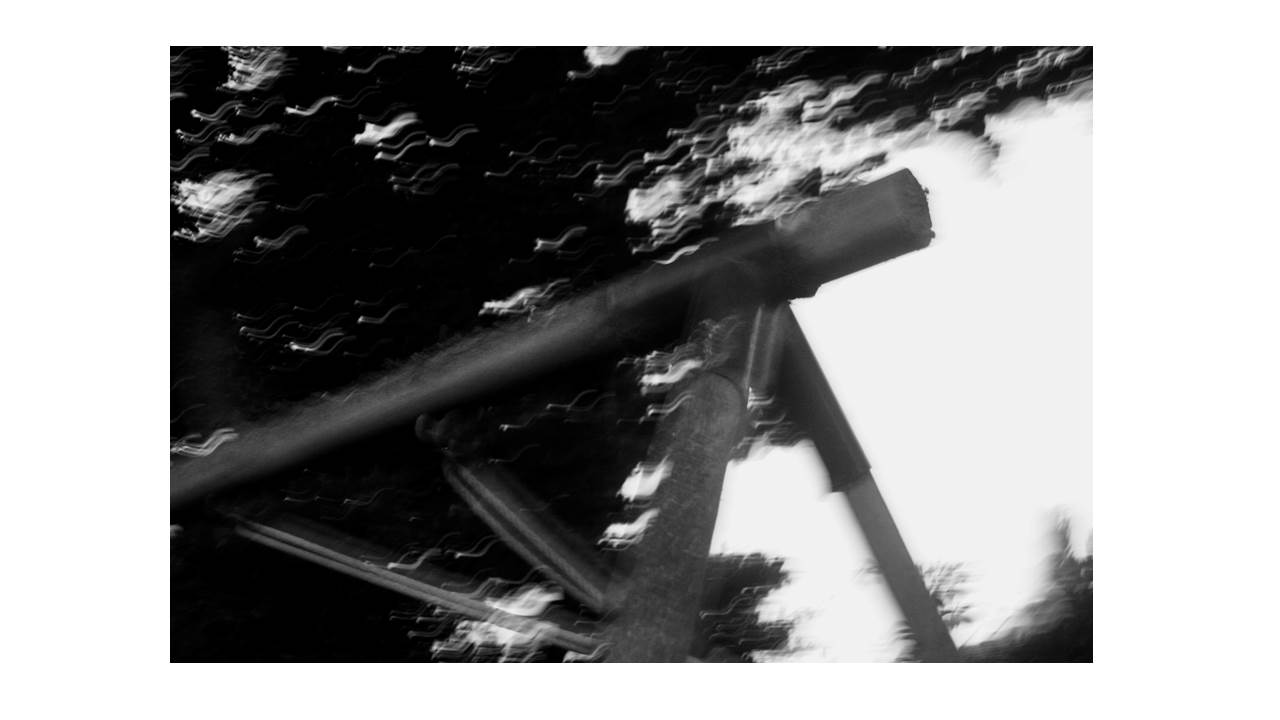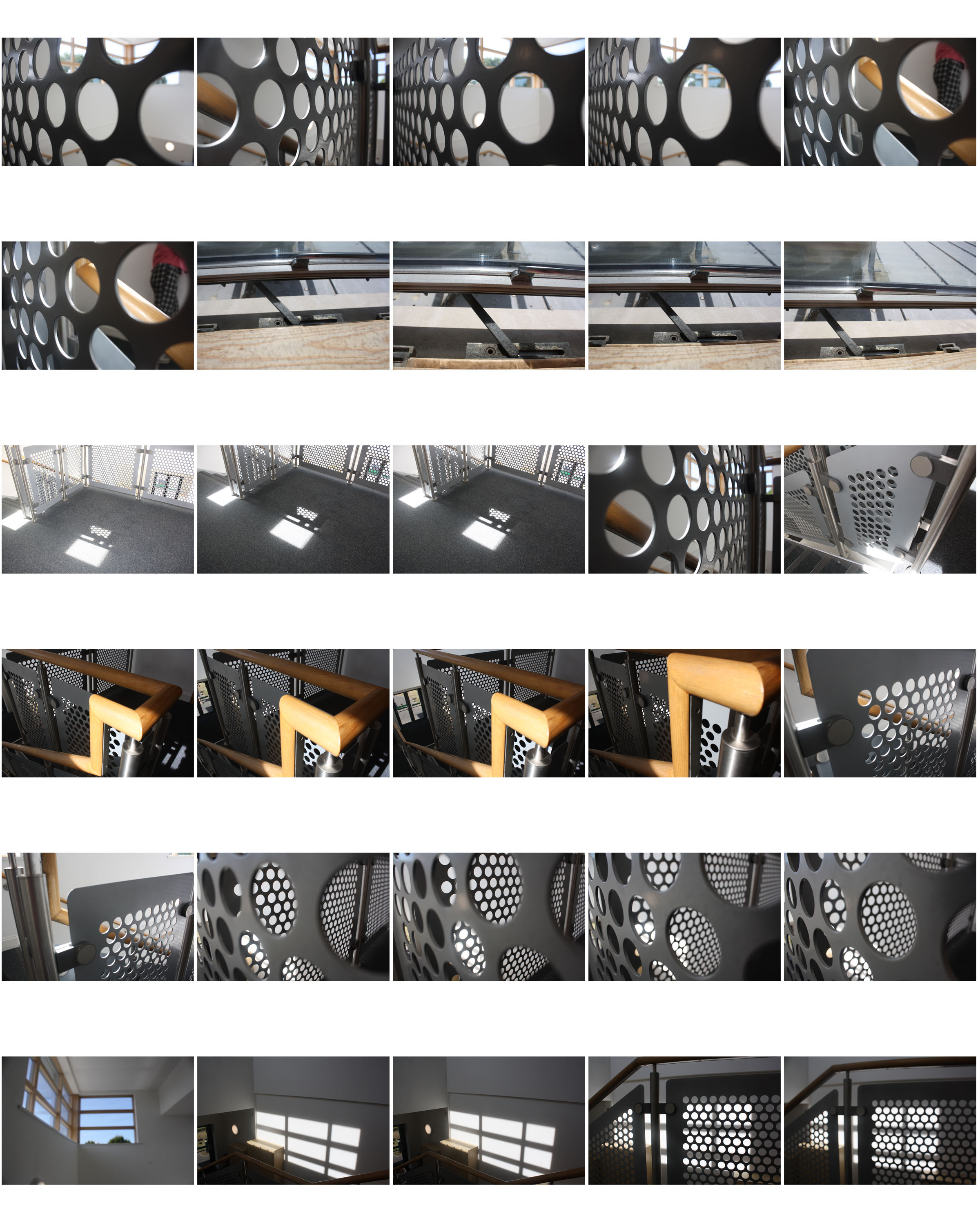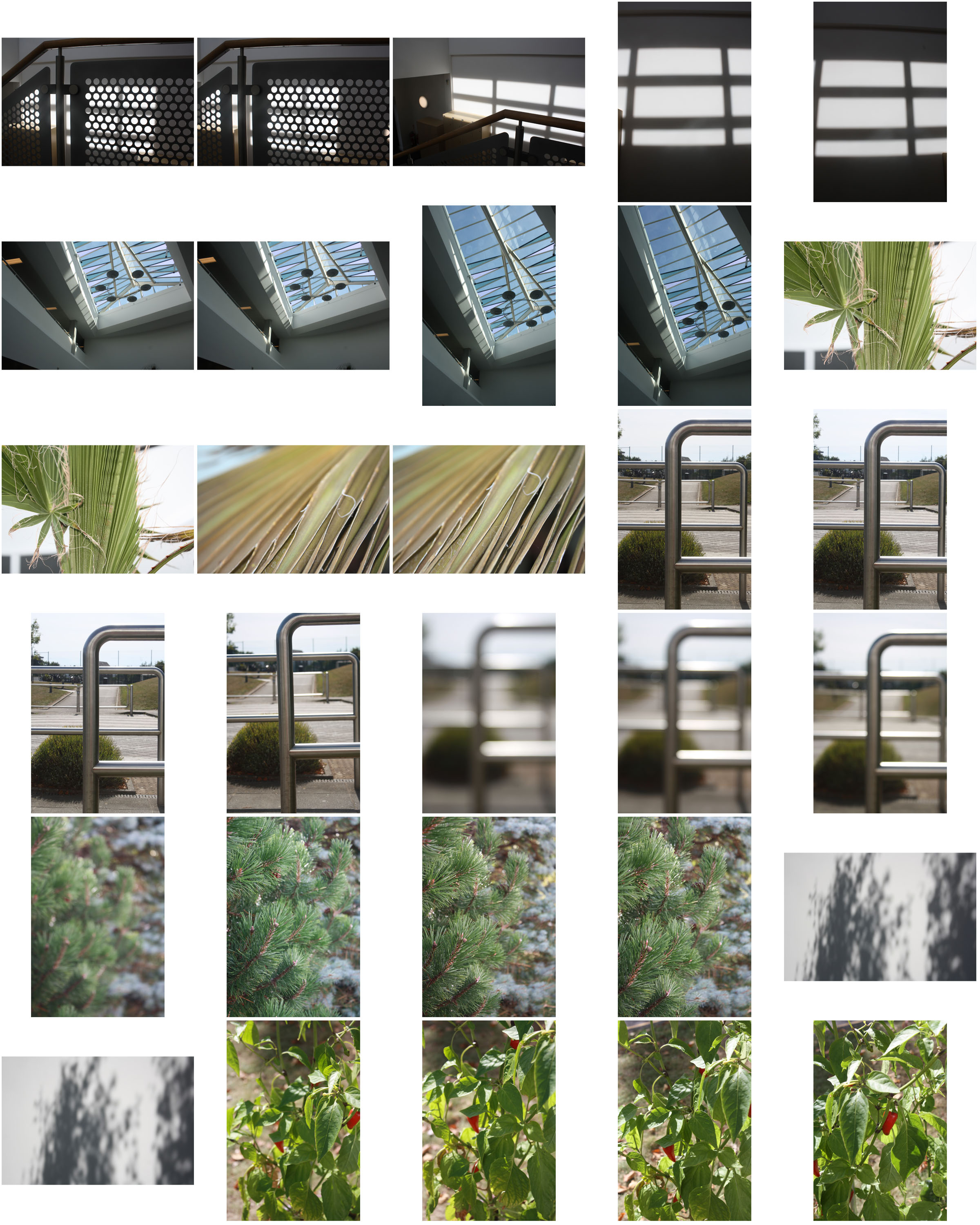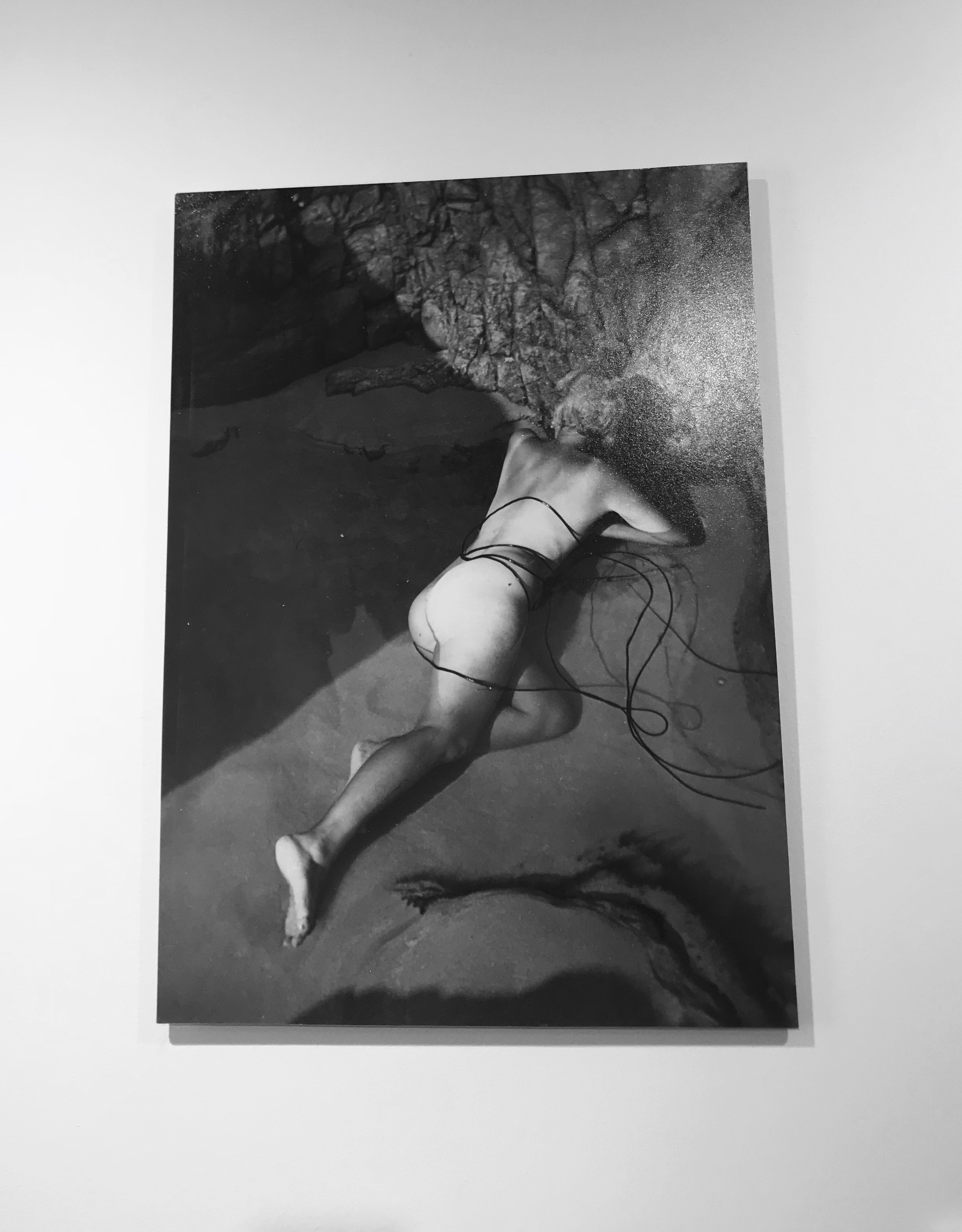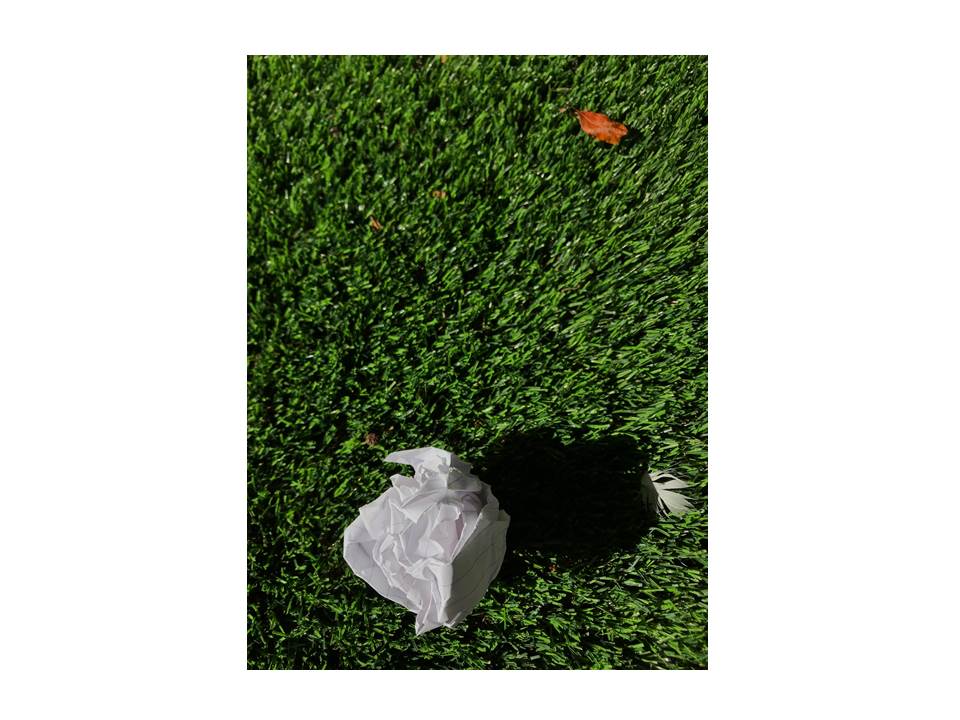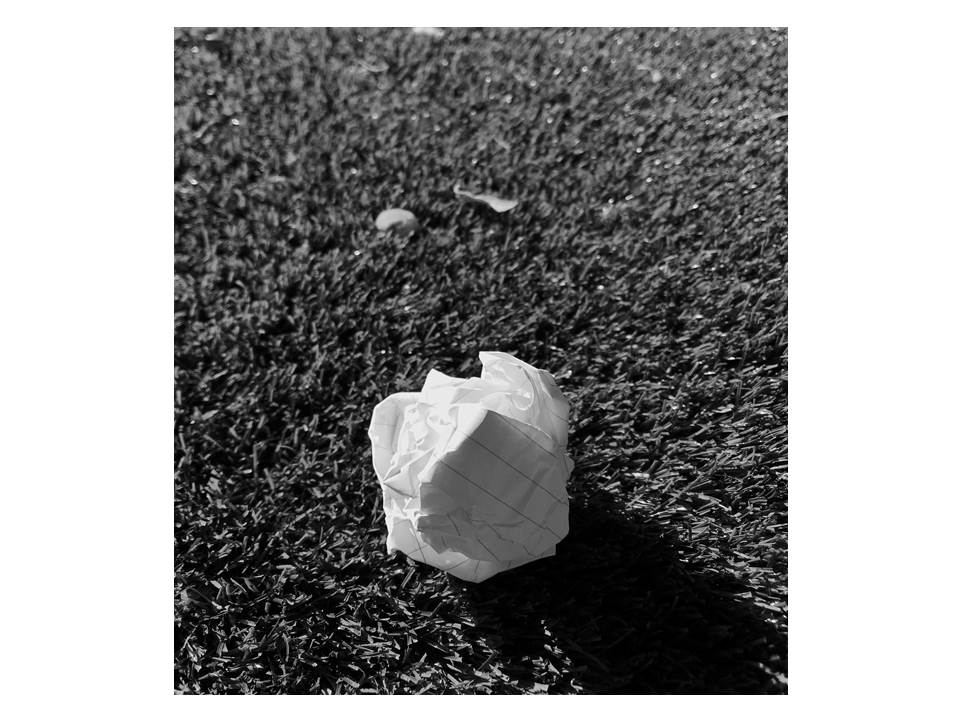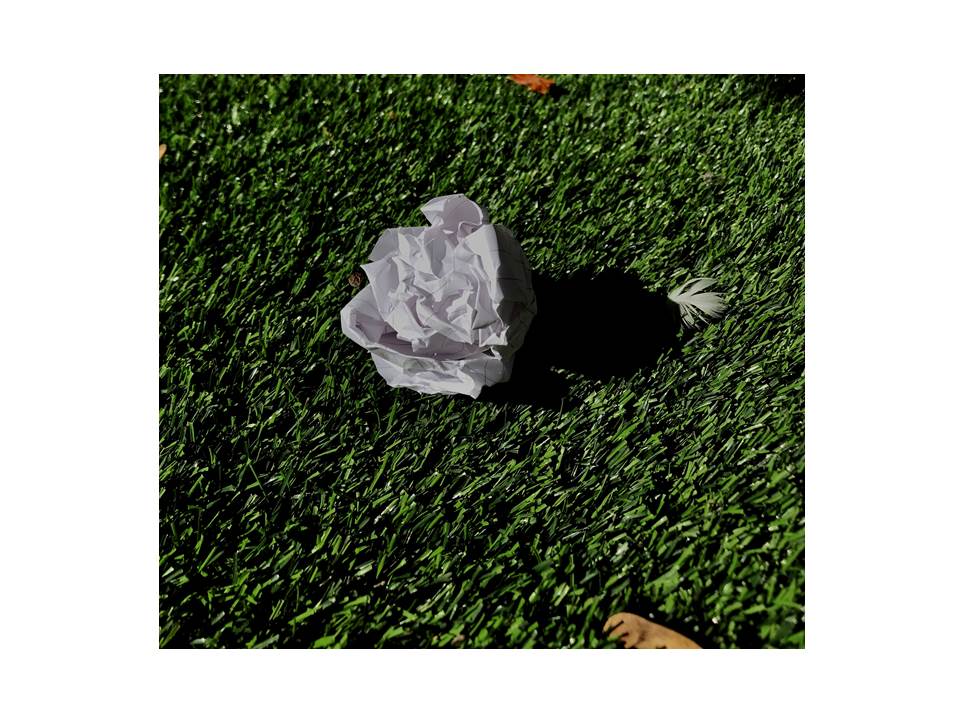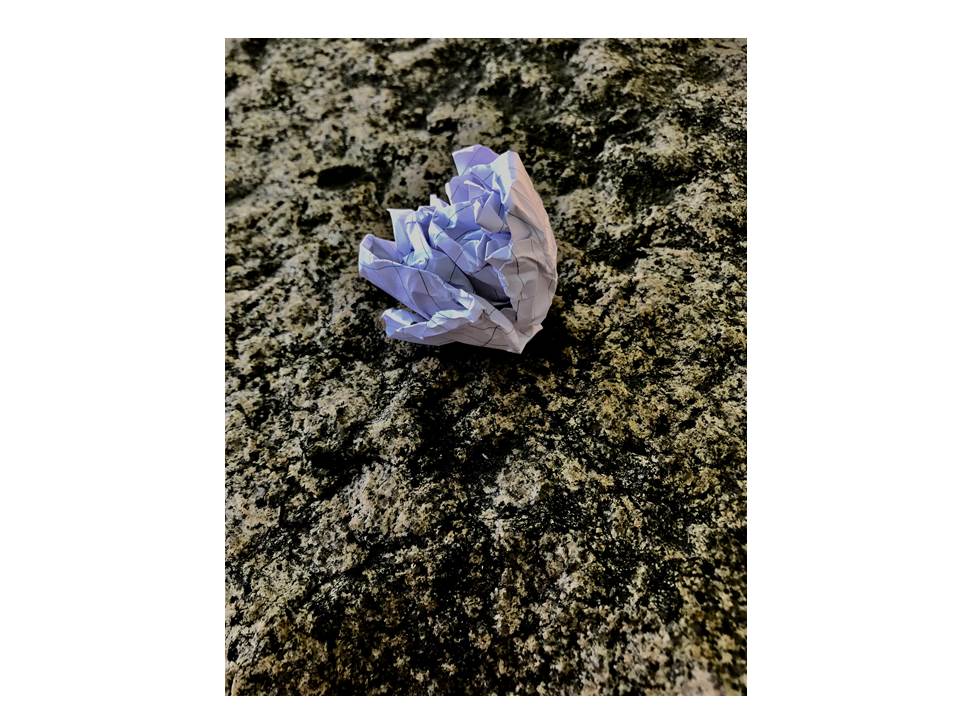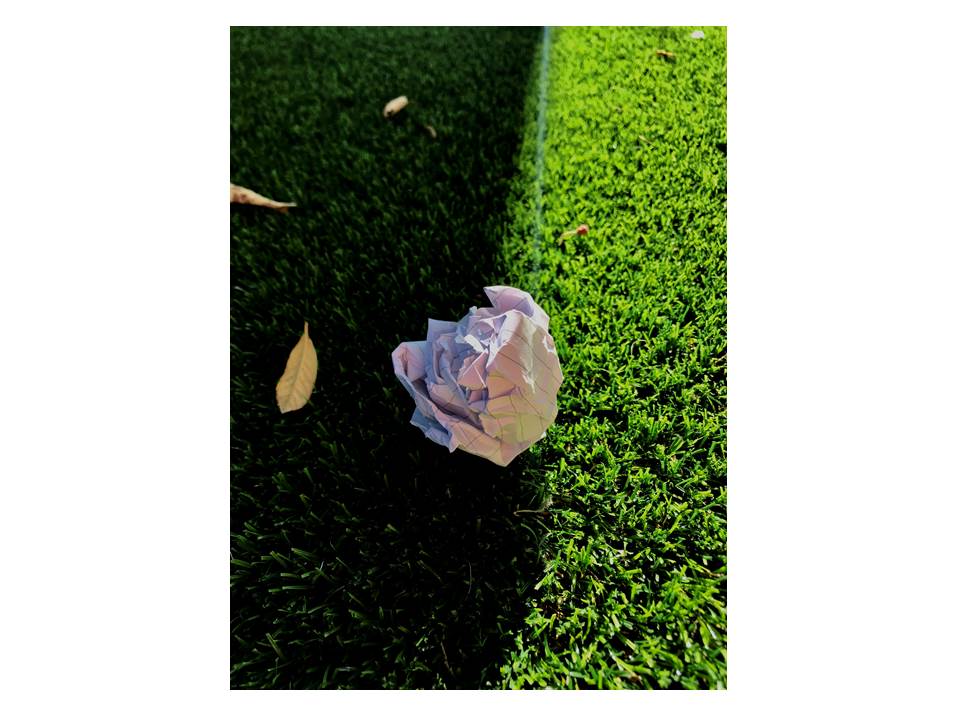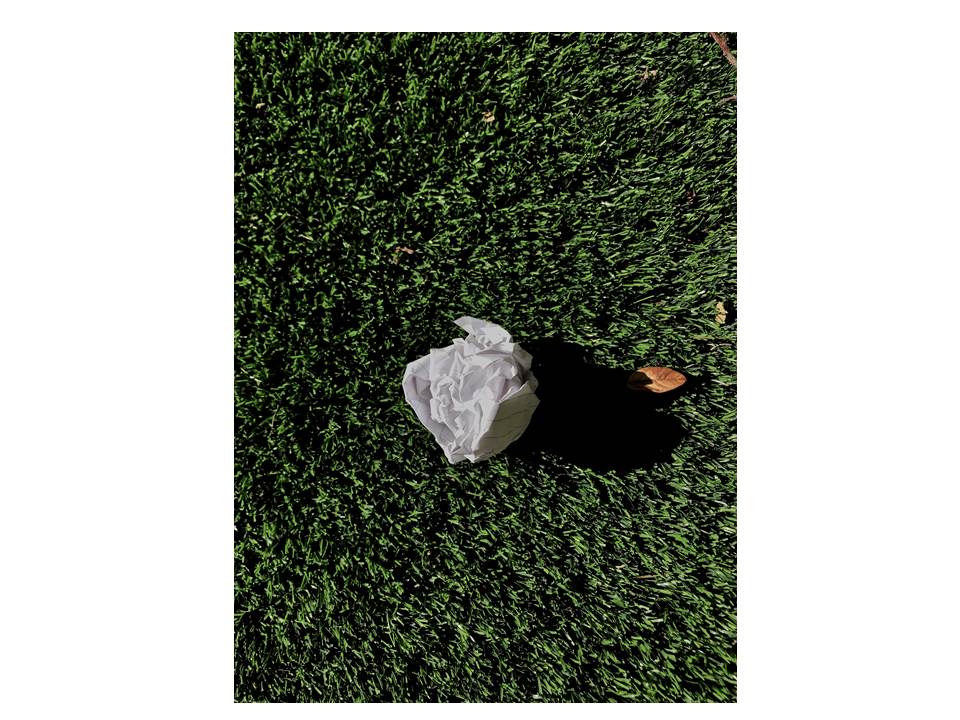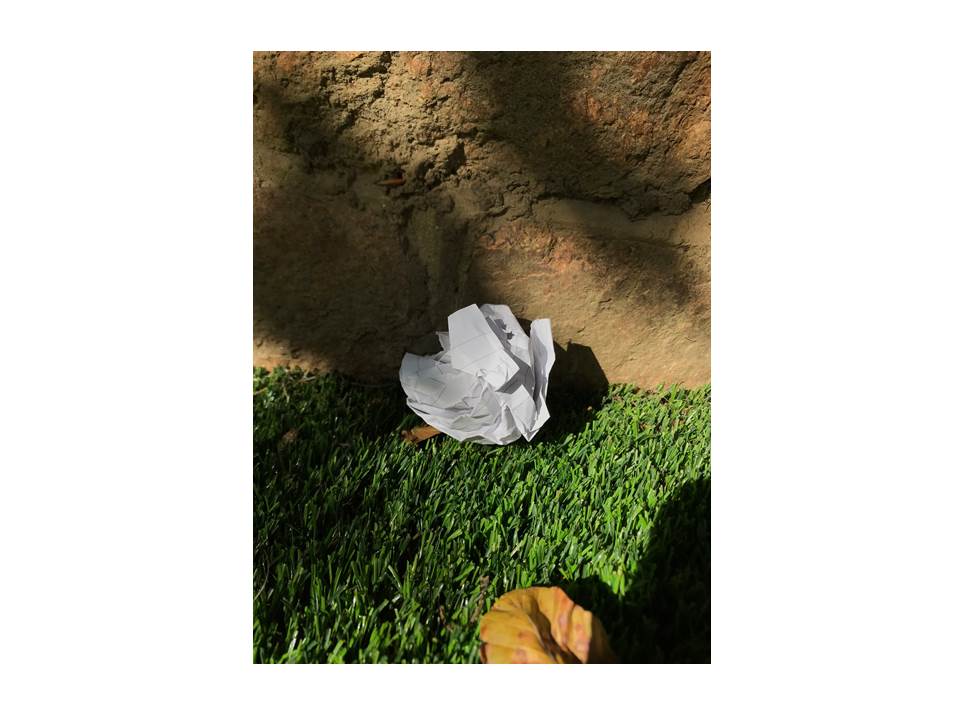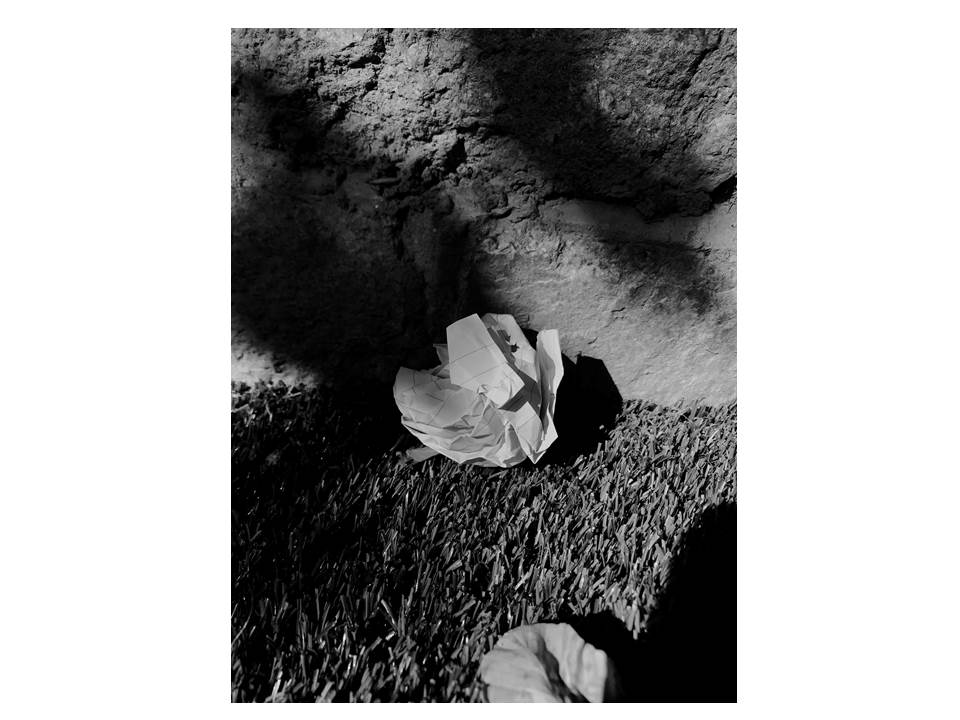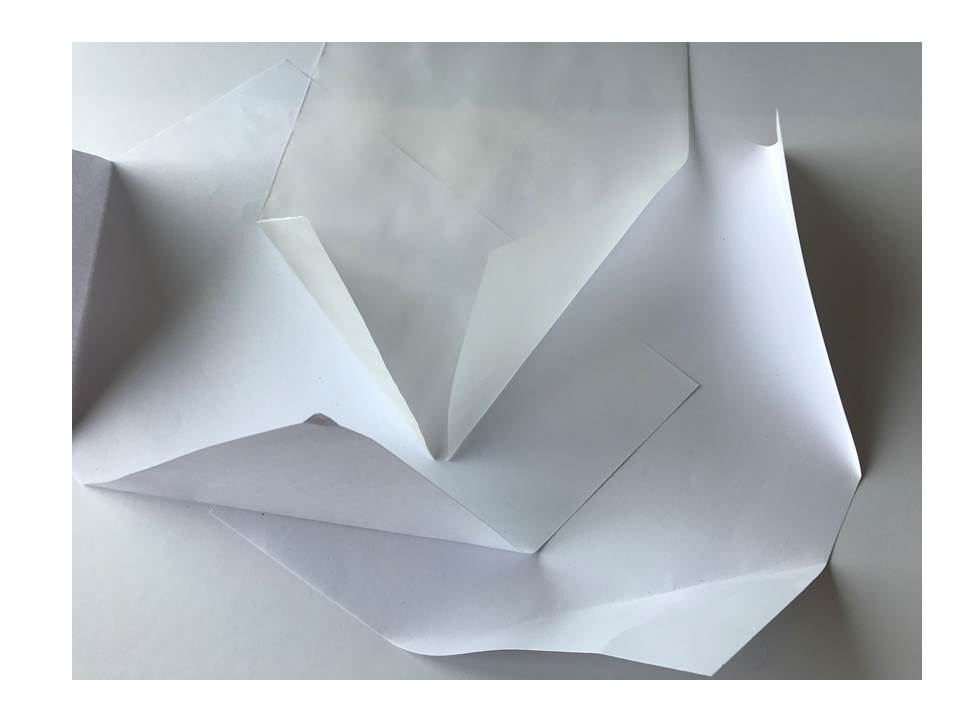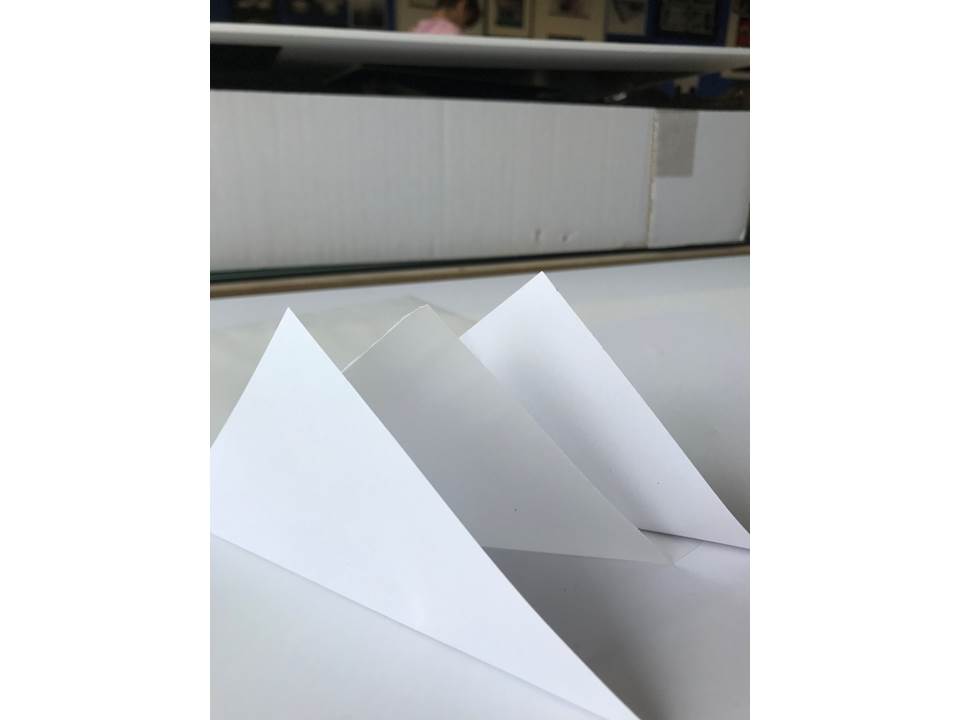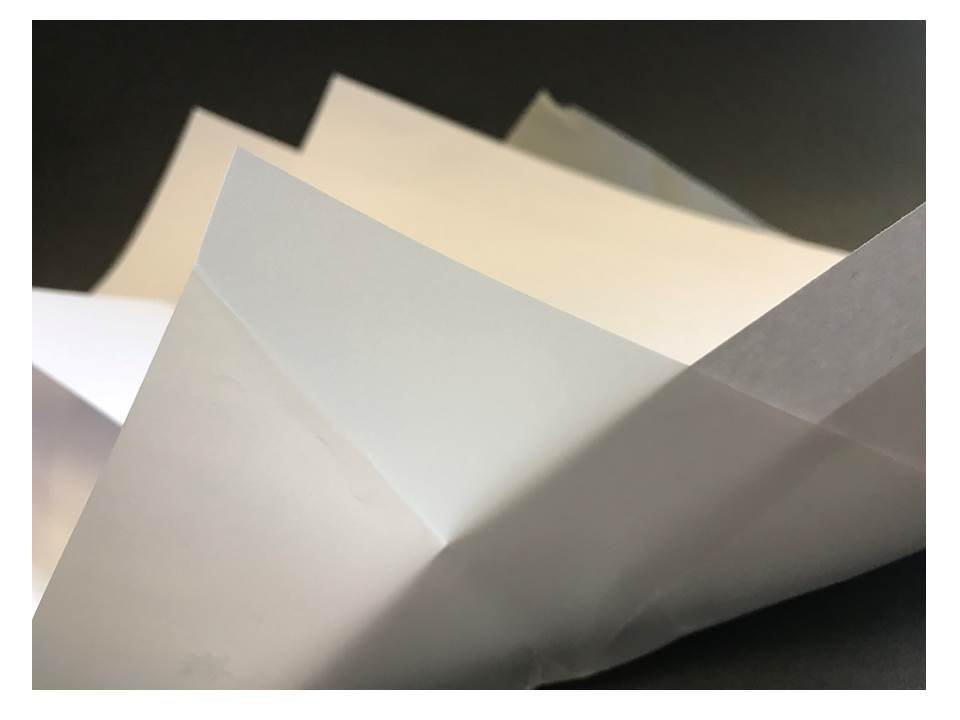He was a German photographer, born June 22nd, 1897 in Wurzburg. He was largely associated with the new objectivity, he began taking photographs at the age of 12. Albert fought in World War One and after studied chemistry at Dresden Technical College, later he worked for Chicago Tribune as a press photographer. After this he began to publish books, his most well-known is ‘The World Is Beautiful’, it includes a collection of 100 of his photos. His photos in this book showed structure but also bought up the beauty of patterns and order amongst nature and man-made materials. He took pictures early on in his career of wildlife and botanical plants, then he progressed to images of traditional craftsmen, mechanical equipment, still life’s, landscapes and architecture.
The New objectivity is the rejection of idealism and sentimentality and is about seeing things for what they are. Photos are of a certain object which is the only focal point, filters and manipulations other than black and white are avoided. This type of photography depicts reality, it speaks truth, rationality and accuracy, what you see is what you get. This objective movement is also known as the ‘sober eye’ as it doesn’t have hidden concepts or imagery, it just speaks for its self without need for meaning. Photographers around the time of Albert (1920) used it as an act against expressionism which was modern art movement at the time in which through poetry and painting an artist would present the world solely from a subjective perspective, which is the complete opposite to new objectivity. Expressionism was created to provoke individual ideas and thoughts, whereas new objectivity was made to provoke political agendas and rational thoughts. The camera was used in a way to embrace the camera’s mechanical ability to capture the real world in a clear and objective manner.
Decades later in Germany photographers Bernd and Hilla Becher resonated the new objectivity approach, the duo’s work was structured like Albert’s as it was held together in a grid structure of black and white. They had similar focal points to their pictures like Albert, for instance some of very industrial looking buildings and others of buildings with character, this links back to Renger’s nature vs. man-made objects.



